Trolling Motors for Fishing Boats

When you want to take your fishing game to the next level, you'll need a boat. And once you have a boat, you'll want the one accessory that can transform your fishing experience: a trolling motor. Trolling motors are small, portable, near-silent motors that attach to your boat and help to precisely guide it where you want it. On a river or lake, your main engine will echo through the surrounding waters. But with a trolling motor, you can slide into place near the best fishing holes without making so much noise that you scare the fish. There are many different types and models of trolling motor on the market, so here at Dunfords of Havelock, we've created this brief guide to navigating trolling motors. And if you need more advice, simply drop by our location near Peterborough to and talk to one of our knowledgeable team members.
Thrust
The first consideration when considering trolling motors is identifying how much thrust you need. You don't need a huge amount of power because the idea of a trolling motor is silence, not speed. But you want a motor that will be able to move your boat around against the current if necessary. There is a fairly predictable relationship between the length of your boat and how many pounds of thrust you need. A 12-foot boat will need about 30 lbs of thrust, while a 22-foot boat will need 101 lbs of thrust. Most fishing boats will fall somewhere in this range.
Power Supply
Trolling motors are divided up by how many volts the system requires: 12, 24, or 36. These numbers don't just reflect the power of the final motor, they also reflect the number of marine batteries needed to power them. A 12-volt system needs one battery, while a 24-volt needs two and a 36-volt needs three. Twelve-volt systems are the easiest to set up and use since they only require one battery. However, if your boat is 16-feet long or greater, you'll want to beef up to a 24 or 36-volt system. Make sure to invest in high-quality batteries, as these determine the final performance of your trolling motor.
Build Materials
It's important to consider the build materials of your trolling motor as they will provide some sense of how long it will last. Motors that are made with thin, plastic parts will break easily when your motor hits a rock or log. On the other hand, aluminum and stainless steel motors will provide more longevity.
Transom Vs. Bow
Trolling motors must be mounted on your boat, and you can choose what position works best for your specific boat model. The main choice will be between mounting on the transom or the bow. The transom is the back wall of the boat where you'll find a standard outboard motor mounted. The bow is the front of the boat that leads the boat through the water. For larger boats, bow mounting is far superior to transom mounting, as a bow mounted motor allows the operator to get the boat into tight places. However, you'll need a front platform to fish from in order to get the most out of this set up. If you have a dinghy or other small craft, a transom mount might be the best choice.
Shaft, Propeller, Weedless Features
When you're choosing a trolling motor, keep in mind what types of environment you'll be boating in. Weedless propellers are great because they cut through vegetation in the shallow waters where trolling is most often done. Make sure the model you choose has a propeller that can be replaced, too, as thinner trolling motor props are likely to break. You'll need to consider the length of the trolling motor shaft. This has a lot to do with the size of your boat. The prop needs to extend far enough down into the water to not just be splashing on the surface, but you don't want to be grinding up the mud on the bottom of the lake, either.
Control Method
The final consideration for choosing a trolling motor is to choose between the foot-controlled throttle and hand-controlled throttle. Many trolling motors feature a throttle made from the handle that extends from the housing of the motor itself. This type of model is good if you aren't necessarily the one fishing, or aren't the most active fisherman on the boat. Foot-pedal throttles allow hands-free power. However, it does provide another thing for you to trip over if you get in the battle of the century with a fish.
If you have more questions, stop by Dunfords of Havelock. We're located near Peterborough, Belleville, Hastings County, and Northumberland County, Ontario. Our team of knowledgeable boating enthusiasts can help you find the trolling motor that will turn your fishing boat into a fishing powerhouse.

.png)